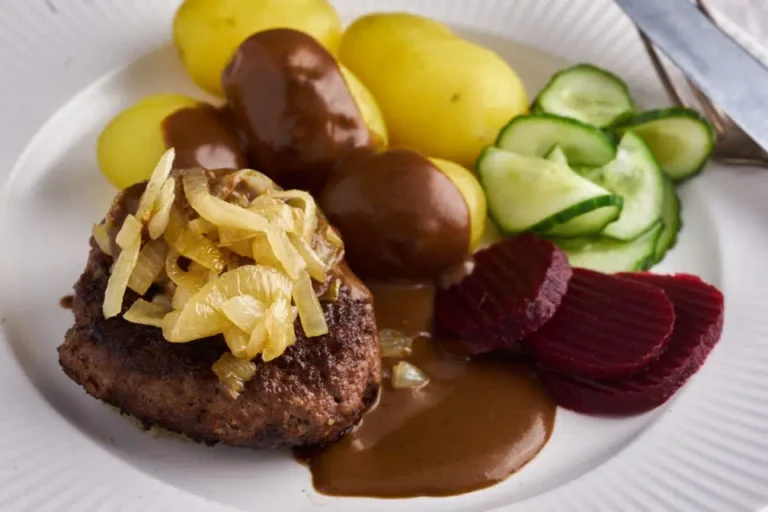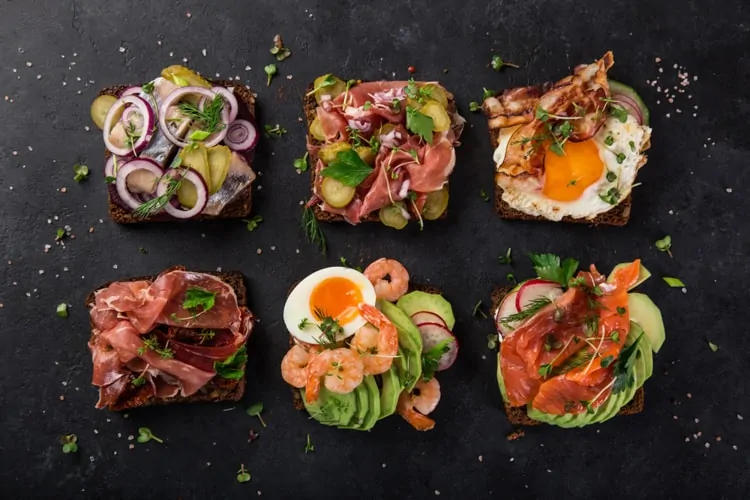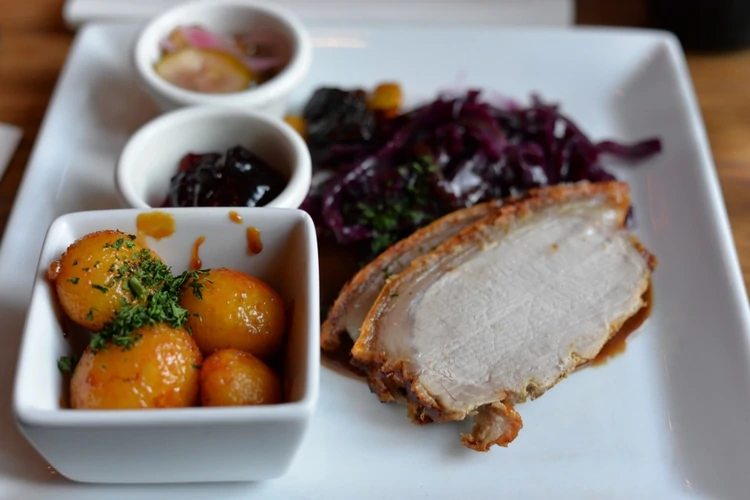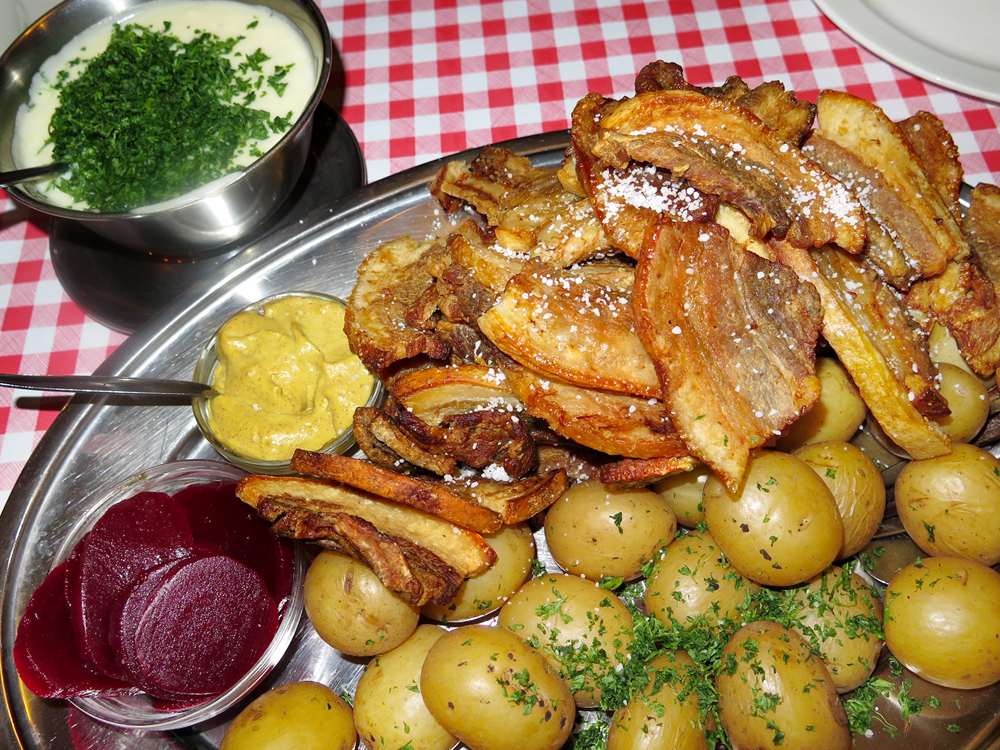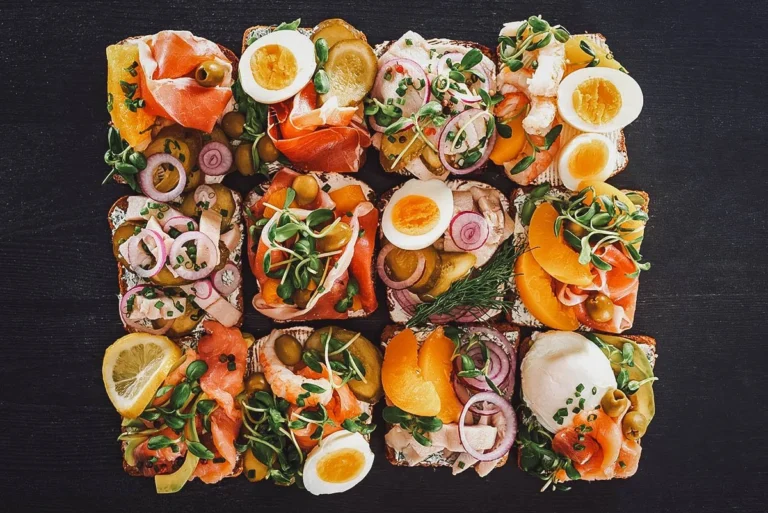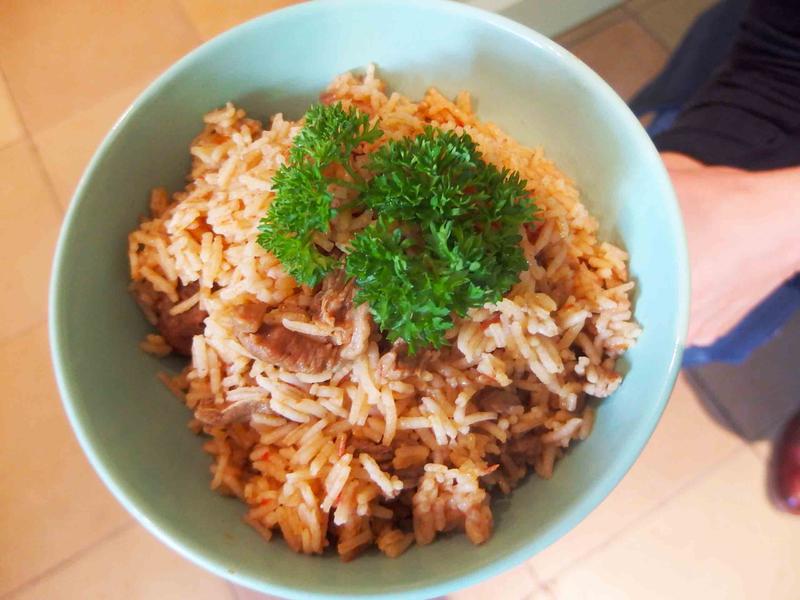Introduction to Danish Cuisine
Danish cuisine is not as widely known or popular as some of its European counterparts, such as French or Italian cuisine. However, Danish cuisine has a rich history and offers a unique and flavorful culinary experience. Danish cuisine is characterized by its focus on fresh and seasonal ingredients, along with a strong emphasis on preserving and pickling food. Additionally, Danish cuisine often highlights the use of seafood, particularly herring, as well as pork and dairy products.
The Role of Spices in Danish Cooking
Spices play a significant role in Danish cooking, albeit in a more subtle manner than in other cuisines. Danish cuisine typically relies on the natural flavors of the ingredients rather than overpowering them with heavy spices. However, spices are used to add depth and complexity to dishes, as well as to complement the flavors of the main ingredients.
Common Spices Used in Danish Cuisine
Some of the most commonly used spices in Danish cuisine include bay leaves, cloves, cinnamon, cardamom, and nutmeg. These spices are often used in sweet dishes such as pastries, cakes, and Christmas desserts. In savory dishes, Danish cuisine often features dill, parsley, thyme, and chives. These herbs are typically used in fish dishes and as garnishes for meat and vegetable preparations.
Mild vs. Bold Flavors in Danish Dishes
Overall, Danish cuisine tends to favor milder flavors, with a focus on freshness and simplicity. However, this does not mean that Danish food lacks bold flavors. For instance, pickled herring is a staple in Danish cuisine and has a strong, tangy taste. Additionally, smørrebrød, an open-faced sandwich, can be topped with a variety of strong-flavored ingredients, such as pickled beets, cured meats, or pungent cheeses.
Regional Variations in Danish Spice Usage
There are some regional variations in the use of spices within Danish cuisine. For example, in the southern region of Denmark, the use of chili peppers and other hot spices is more prevalent than in other parts of the country. This is due in part to the influence of German cuisine, which is characterized by its use of spicy flavors.
The Influence of Foreign Cuisines on Danish Spices
Danish cuisine has been influenced by foreign cuisines, particularly those from neighboring countries such as Germany and Sweden. These influences have led to the incorporation of new spices and herbs into Danish cooking. Additionally, immigration in recent years has brought new flavors and spices to Denmark from countries such as Turkey and Lebanon.
Is Danish Cuisine Considered Spicy?
Overall, Danish cuisine is not considered spicy in the traditional sense. While some dishes may have bold flavors, the use of spices in Danish cuisine is generally more subtle than in other cuisines. This allows the natural flavors of the ingredients to shine through and creates a unique and delicate flavor profile.
Conclusion: Exploring Danish Cuisine’s Flavor Profile
While Danish cuisine may not be as well-known as some other European cuisines, it offers a unique and flavorful experience. Spices play an important role in Danish cooking, adding depth and complexity to dishes without overpowering the natural flavors of the ingredients. The mild yet distinct flavor profile of Danish cuisine reflects the country’s focus on fresh and seasonal ingredients, and its love of preserving and pickling food.

